A Guide to Different Types of Tires
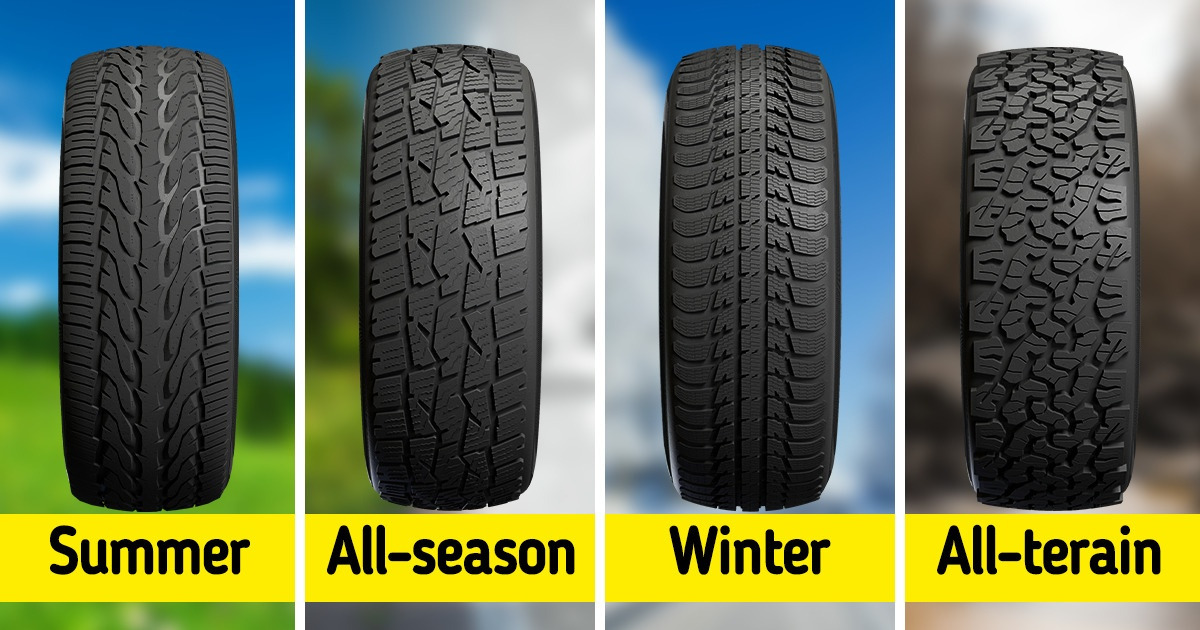
Shoes protect our feet the same way tires protect our vehicles. It is really important to know what you are looking for when purchasing new tires because every type of tire is unique and responsible for facing different types of weather conditions.
We at 5-Minute Crafts have prepared a guide on different types of tires that may help you when purchasing new ones.
1. All-season tires
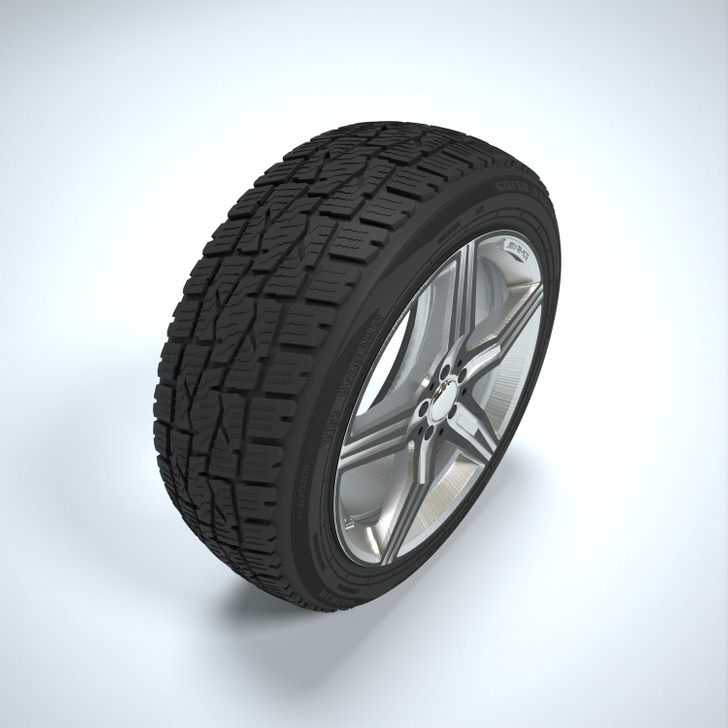
- All-season tires combine the characteristics of both summer and winter tires. They are made for temperatures that are a bit above freezing. The tread pattern they have is symmetrical and has deep grooves, more voids, and variations. This helps them for occasional drives through snow. Rubber compounds make them suitable for handling dry and wet weather conditions. Driving with all-season tires doesn’t involve going off-road or traveling in extreme winter conditions.
2. Touring tires
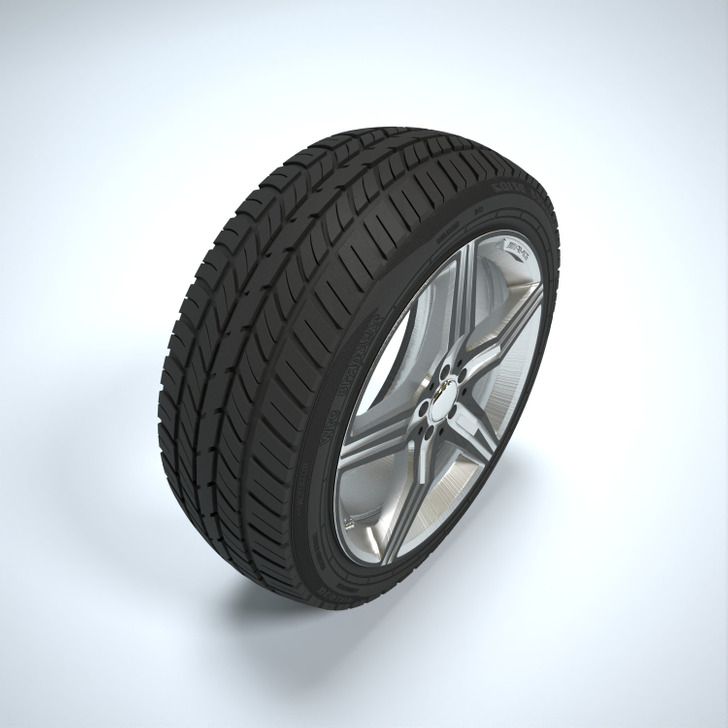
- Touring tires are a reliable option if you drive a lot. These tires are also called grand touring tires and are suitable for SUVs, sedans, and minivans. They usually have higher speed ratings than all-season tires. They have wide tread and thanks to the design groves, they can be used in dry and wet conditions, similar to all-season tires. Most touring tires are designed for having great traction in wet and dry conditions.
3. Summer tires
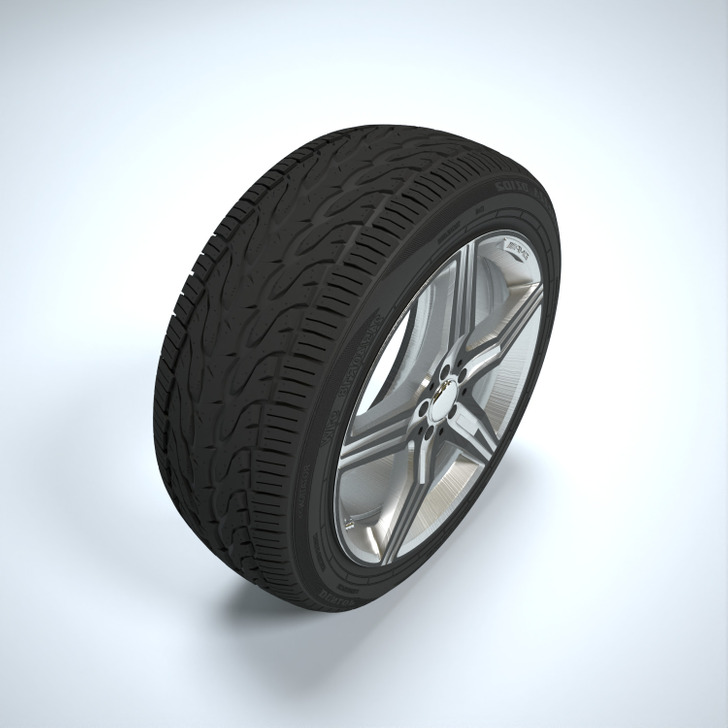
- Summer tires are meant to be used during warm months or in regions that don’t have true winter. The temperature range for safe summer tires is above 44°F or 7°C. Their tread compound contains sticky additives for road grip in wet conditions and provides stiffness when the road is hot, allowing them to keep their shape. The grooves on these tires are shallower and straighter, and they have asymmetrical patterns and a solid rib.
4. Highway tires
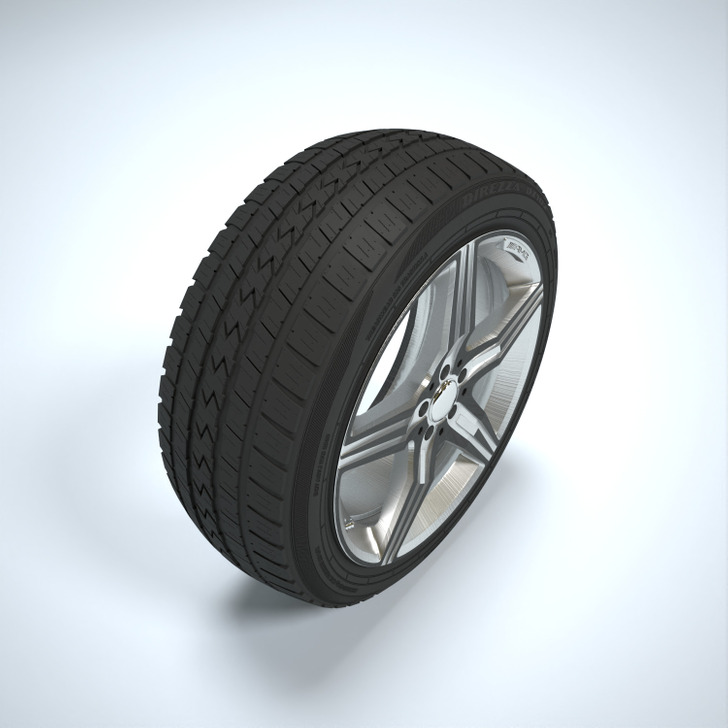
- Highway tires have an all-season running pattern. They have symmetrical tread blocks with smaller voids between them, continuous channels, and smooth shoulders that allow the vehicle to have a smooth and quiet ride. These types of tires are used to driving very comfortably on the road and can handle keeping you fully in control with a grip on wet and dry roads.
5. All-terrain tires
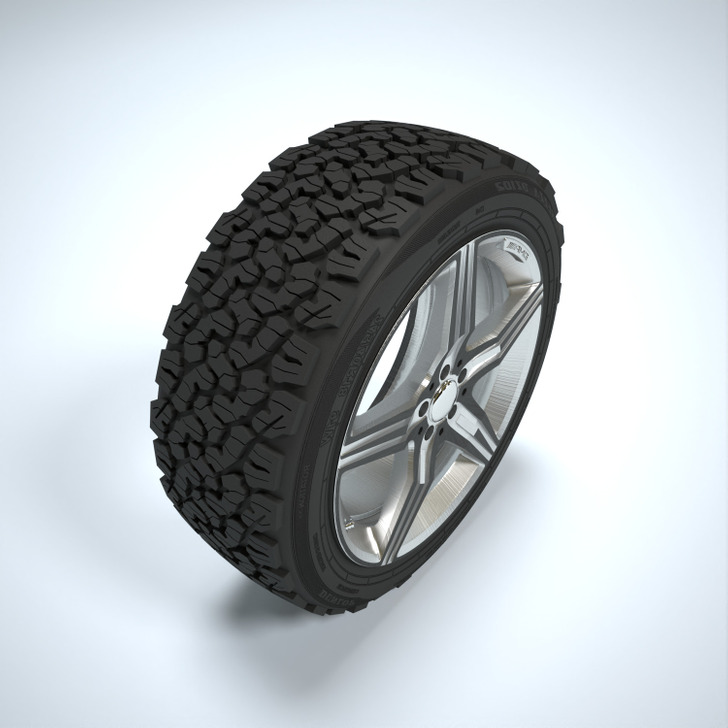
- All-terrain tires have a more aggressive tread pattern than highway tires. They consist of thread blocks and smaller voids, which give traction in off-road driving situations and provide excellent grip on rocks and mud as well as on paved roads. These models provide excellent traction both in snow and ice as well as on hot and rainy roads. However, it is important to state that the winter and summer tires will still have an advantage in their respective conditions. The rubber is softer, which means that the tread wears out quicker than other tire types. All-terrain tires are good for light trucks, pickup trucks, SUVs, and 4-wheel drive vehicles.
6. Mud tires
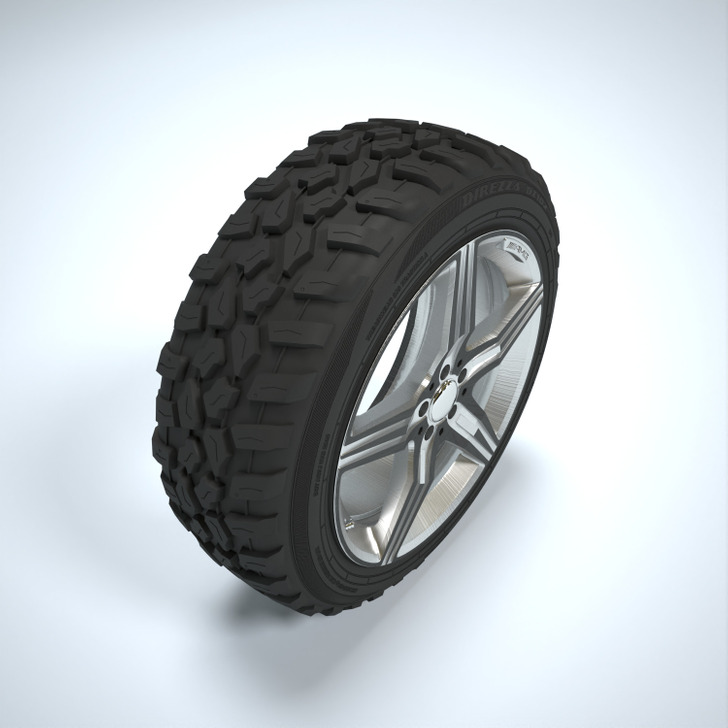
- Mud-terrain tires have very aggressive tread patterns with much larger tread blocks and more voids. These tires are specifically designed to be off-road tires and provide traction in soft areas, such as muddy roads, unsteady, gravel, or sandy surfaces. They are mostly used for SUVs, pickup trucks, and crossovers.
7. Spare tires
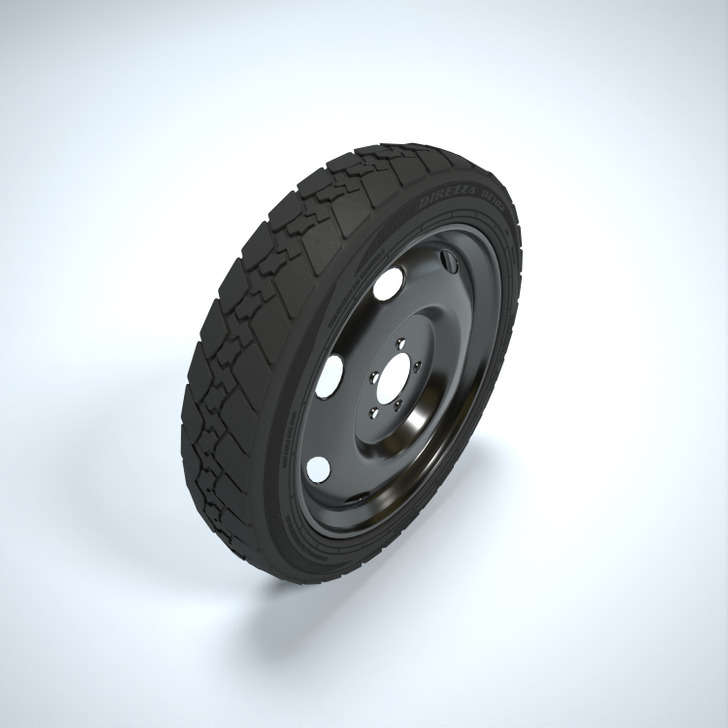
- Spare tires are for temporary use only. They are designed to help if your tires are flat and are to be used as a replacement. Their driving speed is limited to up to 50 miles at 50 miles per hour. They are usually shaped similarly to the tires on a vehicle.
8. Winter tires
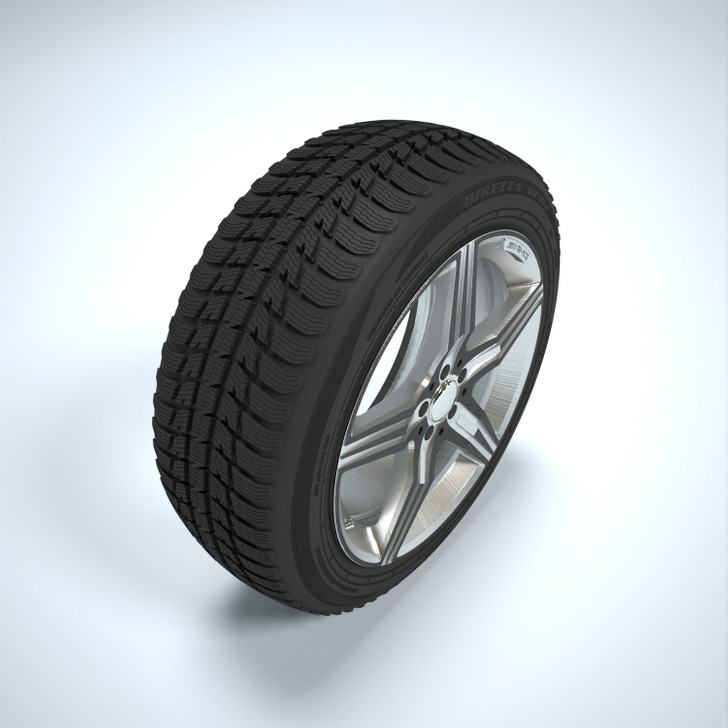
- Winter tires can handle situations where surfaces are covered with snow and ice, as well as wet roads in cold conditions. The tread compound has more natural rubber, which doesn’t harden when the temperature is below 45°F (7°C). The tread design has sipes, deeper blocks, and grooves that can easily dig into snow and ice.
Note: They shouldn’t be used in summer because they can wear out quicker.
9. Rib tires
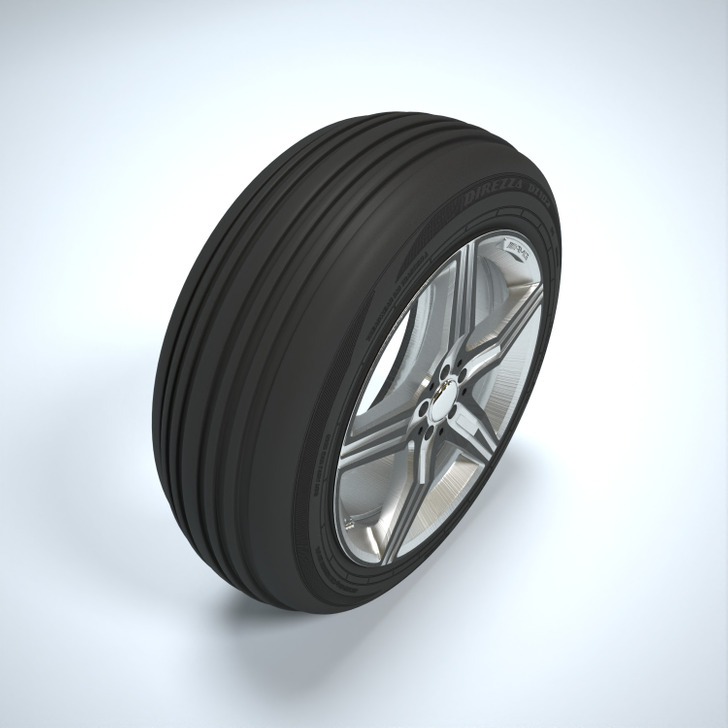
- Rib tires are designed for highway handling and increased mileage. They have a solid rib trader design which provides extended stability when carrying a heavy load. These tires can manage well in a variety of weather conditions. They are used for the steering wheels of trucks and buses.
How many times do you change your tires a year?
Share This Article